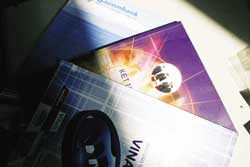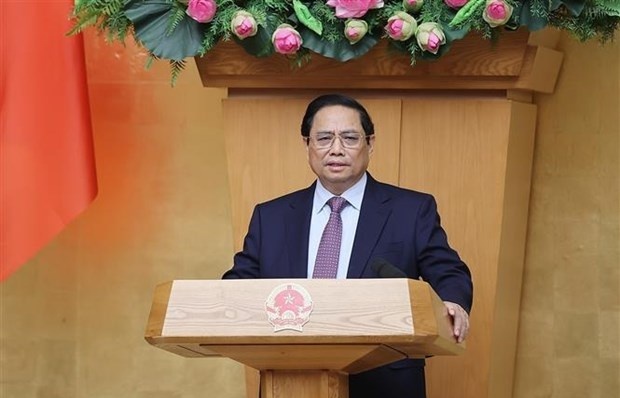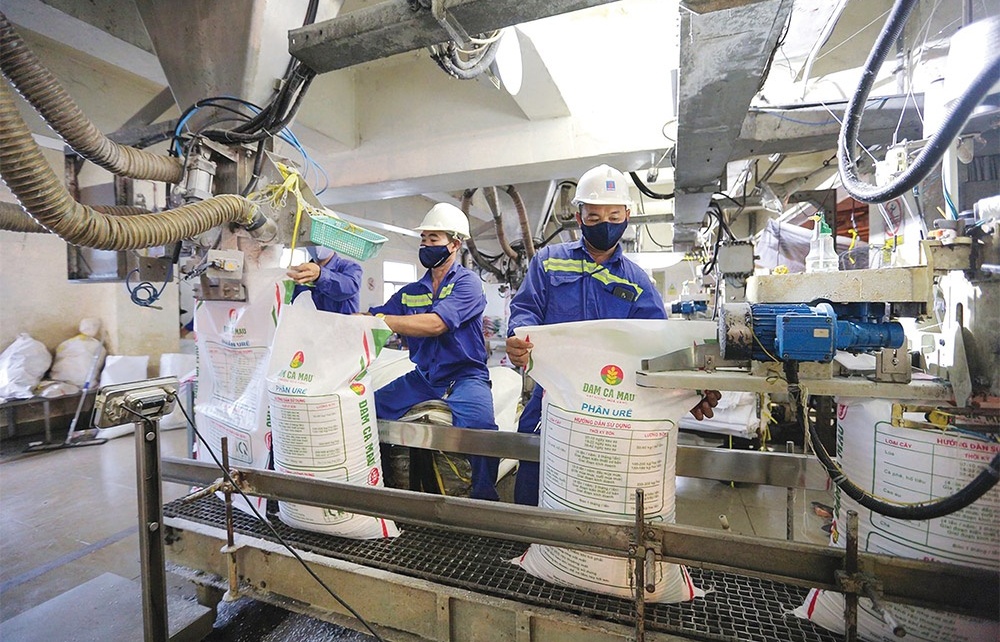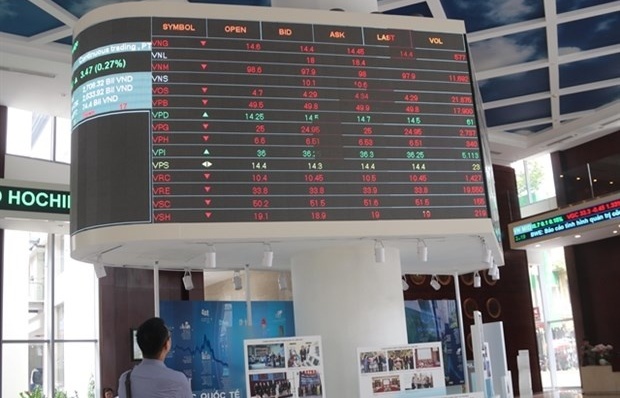BBT case raises serious trust issues
On July 10, 2008, the HOSE issued an urgent dispatch, putting a temporary halt on BBT transactions from the next day due to the listed company’s loss-making operations during 2006 and 2007.
 Auditor reports are key tools for investors to make engineer share trades |
Many important variables constituting the subsequent profit figures, which were previously excluded from the auditing report, were changed substantially after being retroacted and readjusted by the auditors. Consequently, BBT’s pre-tax profit for 2006 was readjusted from VND2.428 billion to minus [i.e. a loss of] VND8.317 billion. Similarly, earnings per share (EPS) was changed from VND330 to minus VND1,241. So what does it all imply to the involved parties?
For BBT’s creditors, the company’s financial and audited financial reports are the basis for evaluating the company’s performance. With such an audited financial report for 2006 where crucial variables were excluded, the company’s business results might be incorrectly reflected, leading to creditors’ improper lending decisions. As a consequence, the creditors are left exposed to potential credit risks and non-performing loans, negatively affecting the banking and finance sector. With the banking and finance sector being the economy’s backbone, such impacts on the macroeconomy are not inconsiderable at all.
For the auditing firm, under current regulations, an auditing report can be made with some variables excluded. The auditors have the right to accept parts of the financial report in cases they believe the exclusions do not affect the auditing report’s reliability and reasonability. BBT’s audited 2006 financial report was treated this way, and the auditors stated: “We have planned and finalised the auditing in order to reach the reasonable assurance that the financial reports do not contain crucial mistakes.
” Given that, it is hard to say the auditing firm has fulfilled its responsibilities considering almost all of the exclusions may lead to an incorrect report of the listed company’s business results which showed a false profit. The retroaction of the excluded variables clearly shows the mistakes contained in the financial report were crucial. Such exclusions obviously affect the auditing firm’s reputation and erode investors’ trust in the credibility of auditing reports.
BBT’s management, with financial reports containing such exclusions, were not provided with adequate information to make proper investment decisions. Particularly, bearing in mind that the company’s 2007 shareholder assembly’s plan to issue 2.16 million new shares to increase its chartered capital has not been actualised and BBT’s management board’s new proposal to issue another batch of 8.16 million new shares, the listed firm has to publicise transparent audited financial reports without so many excluded variables in two consecutive years.
The management’s move to retroact and clarify the excluded variables in the audited 2006 financial report, can be seen as a bold move showing its determination to gain back investors’ confidence. For the stock market authorities, specifically the Ministry of Finance and the HOSE, they have the right and responsibility to request the listed company to provide correct information to ensure transparent information for investors.
In BBT’s case, HOSE should execute its rights and request the company to submit a more transparent financial report when the authority received the audited 2006 financial report in February 2007, which contained many excluded variables, rather than waiting for one-and-a-half years to ask the company to explain and issue a temporary trading halt decision.
For investors, they are left exposed to the highest risks since not everyone is able to read a company’s financial report. Also not every investor can adequately evaluate the significance of the exclusions in auditors’ reports. Even if someone can comprehend the auditors’ reports, they are not adequately informed to assess the company’s operations given those exclusions.
The retroaction of a financial report which leads to a much different report of the company’s business results has raised doubts among investors about the quality of audited financial reports publicised by other listed companies. A question may arise: how many audited financial reports announced by the more than 300 companies listed on both HOSE and the Hanoi Securities Trading Centre face the same problem?
What the stars mean:
★ Poor ★ ★ Promising ★★★ Good ★★★★ Very good ★★★★★ Exceptional
Latest News
More News
- Solutions for enhancing provision of the stock market (April 23, 2024 | 10:38)
- MB aiming for 30 million customers by end of year (April 22, 2024 | 17:43)
- MB finalises strategy for acquisition of distressed bank (April 22, 2024 | 16:33)
- Vietnam central bank postpones gold bar auction (April 22, 2024 | 15:27)
- Benefits of pension funds must be incentivised (April 22, 2024 | 15:00)
- KRX trading system to begin official operation (April 22, 2024 | 14:09)
- Voluntary pensions to rejuvenate the sector (April 22, 2024 | 14:00)
- Gold market reforms paramount to stability (April 22, 2024 | 10:18)
- Loopholes continue to play part in rising NPL ratios (April 22, 2024 | 10:13)
- Techcombank scoops two Stevie Awards (April 19, 2024 | 18:35)


















 Mobile Version
Mobile Version